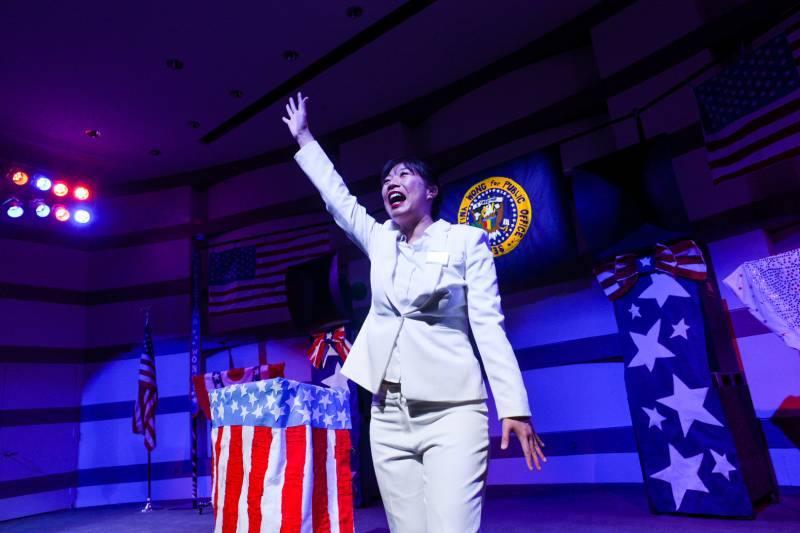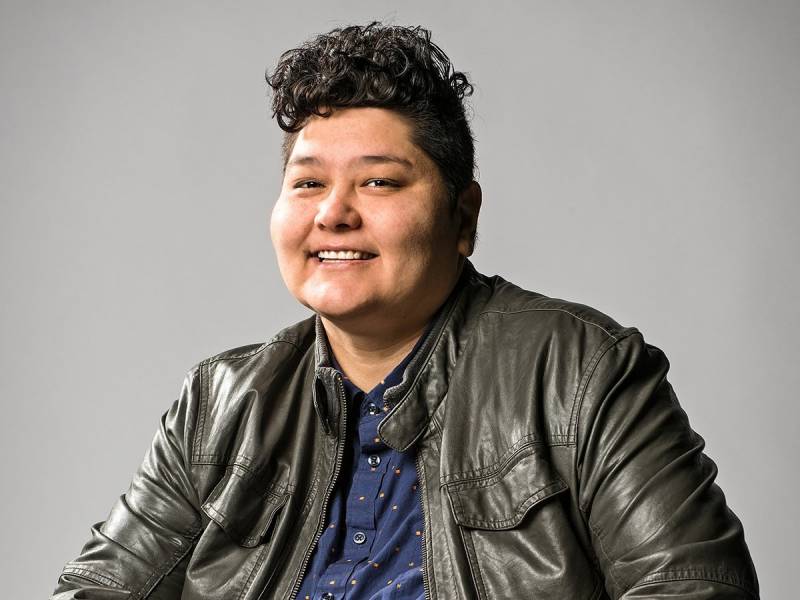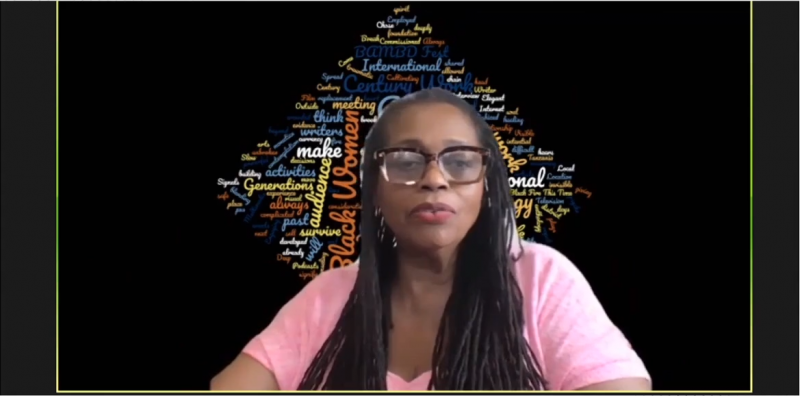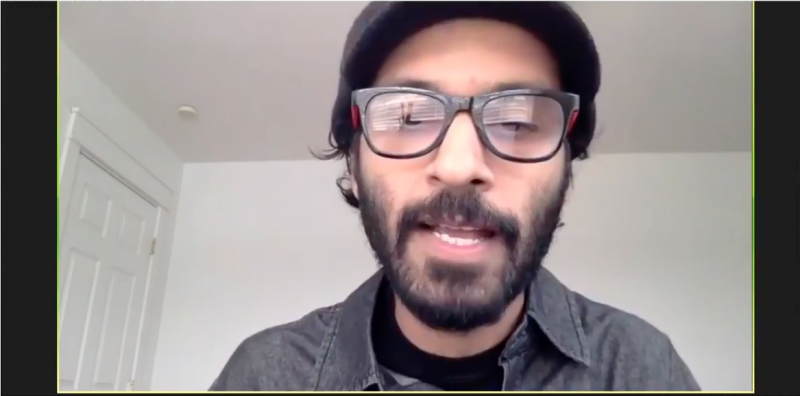Normally, every two years, the performance venues located in and around San Francisco’s Project Artaud buzz with activity from a variety of ensemble theater-makers for foolsFURY’s Fury Factory Festival. On any given day of the festival, one might see fragments of works-in-progress, wild forays into the furthest reaches of imagination, reflections on the nature of a mediated existence, works that explore how history and story are shaped, and pieces that thrust the audience into an active, participatory role. It’s a glorious assemblage of collective creation.
As a field, ensemble theater has long challenged industry “norms,” often with transformative results. While there are almost as many ways to create as there are ensembles creating it, the process is frequently open-ended. A single work might take years of collaborative, multi-disciplinary endeavor before it’s staged for a particular audience. Characteristics that ensemble artists share include an appetite for exploration, a flexibility of medium, and an ability—even enthusiasm—for adapting to unusual and challenging circumstances.
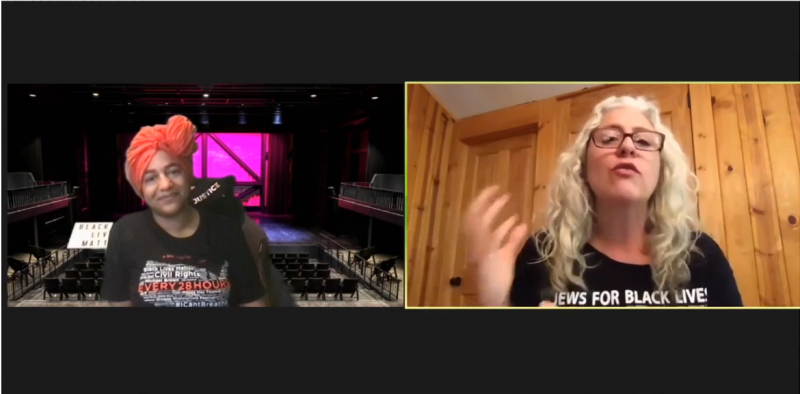
This year, foolsFURY got the opportunity to display their own adaptability by postponing this year’s Fury Factory festival to 2021, and instead have reapportioned their energies towards a digital convening for ensemble artists intent on reimagining not only their own work, but the field at large. In the wake of the pandemic shutdown, the pressing calls for racial and economic justice that have entered the national discourse have proliferated in the arts sector as well. And who better to tackle those issues head-on than the artists whose practice frequently asks them to iterate, to challenge, to dismantle, and to reconstruct?
So instead of attending the Fury Factory as I’d originally planned, this weekend I attended foolsFURY’s BUILD From Here, a two-day online workshop addressing these exact issues. As foolsFURY artistic director Debórah Eliezer observed in her opening remarks, “ensemble practices have prepared us uniquely for this moment.” And with Guest Festival Director and transmedia specialist Claudia Alick at the helm, it wasn’t just ensemble practices but technological know-how that made foolsFURY’s convening possible, and impactful for participants on both side of the screen.
At the core of much of the discourse was the role of artists and arts workers in reshaping not only the way we work, but the cultural landscape, and by extension, the political one as well. And who better to kick off that conversation than the multi-talented performance artist Kristina Wong, who, rather than embarking on her previously scheduled “political campaign” around the country, was forced to stay home with the rest of us.
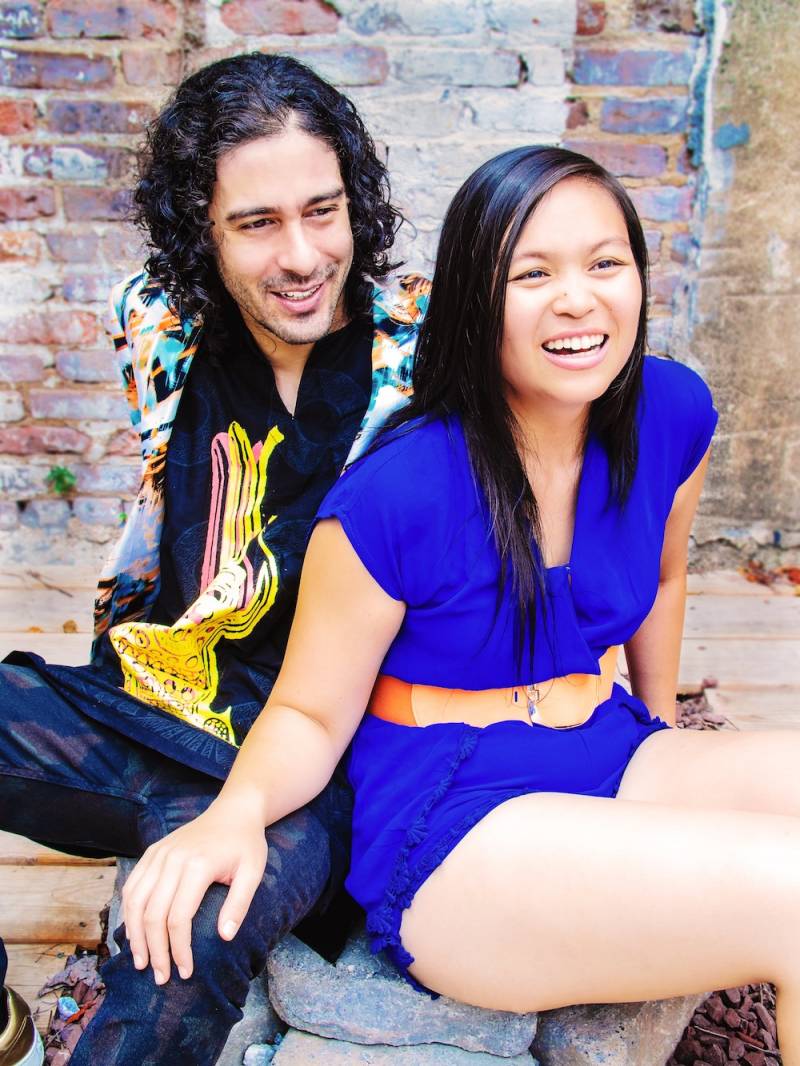
Instead of spending time mourning what could have been, Wong pivoted to digital performance, and, more importantly, used her considerable skills as a designer and fabric artist to mastermind a nationwide network of volunteer mask-sewers. Donating PPE to frontline workers and vulnerable populations across the country, the Auntie Sewing Squad (ASS) is but one example of how creative energy can be harnessed to meet societal needs outside of the walls of a “theater.”
